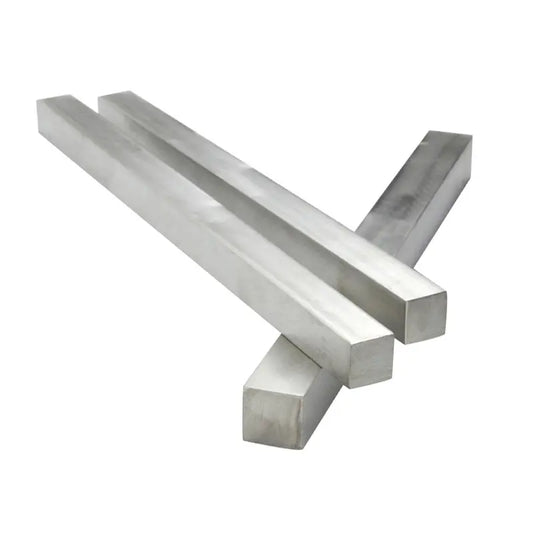Sea Freight for Stainless Steel Square Bar A Comprehensive Overview
Sea Freight for Stainless Steel Square Bar - An All-in-One Guide
In today's global marketplace, there has never been a better time to explore sea freight options for importing stainless steel square bars. Whether you're an importer looking to secure supplies in bulk or a manufacturer seeking cost-effective shipping solutions, understanding the advantages and disadvantages of sea freight for stainless steel square bars is crucial.
What is Stainless Steel?
Stainless steel is an alloy consisting primarily of chromium and nickel that resists corrosion and wear under various conditions. It offers exceptional durability and resistance to rust, making it suitable for a wide range of industries including construction, manufacturing, and food processing. Common applications include pipes, fittings, and other structural components requiring robustness against corrosion.

Key Characteristics
Strength and Durability

Stainless steel offers unparalleled strength and longevity due to its chemical composition. Its corrosion-resistant properties make it particularly ideal for applications where water, saltwater, and even acidic substances may corrode other materials.
Cost-Efficiency
Compared to other transportation modes like air or road freight, sea freight is generally more cost-effective for larger shipments. The volume discount allows companies to purchase large quantities of raw materials and finished goods at lower prices per unit, thereby saving money on shipping costs.
Environmental Impact
While the production process involves energy consumption and emissions, stainless steel products are known for their long-lasting nature, reducing the need for frequent replacements over time. This makes them environmentally friendly compared to shorter-lived alternatives.
Advantages of Sea Freight
Reduced Risk of Loss or Damage
During transit, the relatively slow pace of sea freight minimizes the risk of damage to the cargo itself, ensuring items arrive intact at their destination. This is particularly advantageous for sensitive equipment such as machinery parts or delicate electronics.
Flexibility in Timing
Unlike air freight, which is subject to peak seasonal demand periods, sea freight provides greater flexibility in scheduling deliveries. Companies can often plan their shipments months in advance without being constrained by capacity limitations.
Diverse Options for Shipping Containers
With a variety of sizes and configurations available, stainless steel square bars can be efficiently transported across different continents using dedicated containers designed specifically for this purpose. This versatility ensures that even smaller orders or specific requirements can be accommodated within the confines of a container.
Disadvantages to Consider
High Initial Costs
The upfront investment required for purchasing and maintaining dedicated shipping containers and handling fees can be substantial. For importers who aim to maintain low costs, sea freight might not always be the most economical option.
Weather-Related Delays
Due to the inherent risks involved with ocean travel, delays during transit can occur due to factors such as bad weather or mechanical failures. These delays can impact the delivery schedule and overall project timelines.
Conclusion
Given its unique combination of durability, cost-effectiveness, and environmental friendliness, sea freight remains an essential part of many businesses' global supply chains. By carefully considering factors such as order size, budget constraints, and shipping timing, companies can select the best maritime carrier solution for their specific needs. With the right planning and strategic use of logistics, importing stainless steel square bars via sea freight can significantly enhance operational efficiency and reduce the overall cost of doing business worldwide.
上一篇:Annealed Stainless Steel Square Bar - A Reliable Choice for Your Industrial Needs
下一篇:The Stainless Steel Square Section Bar A Durable Choice for Your Construction Needs
